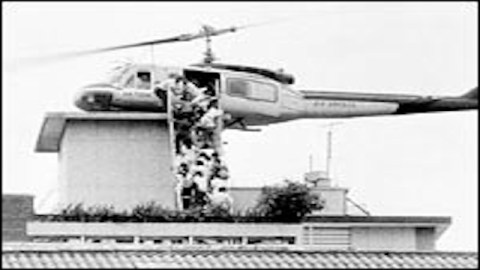Gary Trudeau, and Tolstoy: Doonesbury Is 40

Let us now praise Doonesbury, a body of work and a work of art that could be compared to the Bayeux Tapestry, and which also has been compared, in the new Rolling Stone, to War and Peace. We applaud this comparison; no one does it better than Gary Trudeau. Yet when attempting to define what Doonesbury has done, it is not enough to say It defined a generation. (It may well have indicted it.) Rather, the strip defined, and still defines, a culture: the culture that leads the country, then and now.
In his introduction to the Rolling Stone piece, Chip Kidd writes:
When viewed as a single, uninterrupted work of historical fiction, the collected Doonesbury reads less like 14,000-plus reasons to chuckle over your morning coffee and more like this era’s War and Peace. Trudeau achieves this the same way Tolstoy did: by methodically constructing a large cast of complex and intriguing characters whom the reader comes to care about, then letting the great tsunami of current events envelop them all. The cumulative result is as affecting and richly felt as any narrative produced by an artist of Trudeau’s generation.
Affecting and richly felt as it, like that great nineteenth-century novel, captures the intersection of power, war, love and politics and the mundane ways most of us move through the week. Trudeau is clear and unapologetic in his support of our military. He tells Kidd “My only agenda is to encourage people to think about the responsibility that this country owes not just its fallen warriors but all of its veterans and soldiers. I’ve seen far too many Vietnam veterans still in treatment for the psychological wounds they received in Vietnam, and we owe them better. There’s a real disconnect in this country between most of the population and its military culture.” This quote from this artist could not appear in a more appropriate publication. Because like Rolling Stone, Trudeau’s work tracked the progress of an era’s rebellion in art, and on the battlefield. Both celebrate the nuanced view.
Whether or not you like the politics, acknowledge the breadth of achievement: Trudeau has written fourteen thousand strips. As he points out, a comic strip art possesses something unique: the chance to consider a story via thousands of small moments over time—small, discrete, and divisible moments.
Daily strips will be lost if newspapers die. Their long-form analog, the graphic novel, is more traditional in structure; like films, graphic novels’ conclusions follow shortly on their questions. This is how we like to live today, without distance between questions and conclusions. But for master comic strip artists, the possibility of leaving readers wanting more could be coupled with the depth of a university seminar, and the ironic appeal of having to wait for the answers. Trudeau transforms the tragic immediately into farce. As with history, we are forced to wait for the lessons.




